Viking Range Rear wall clearance
bgibbs11
18 days ago
Related Stories
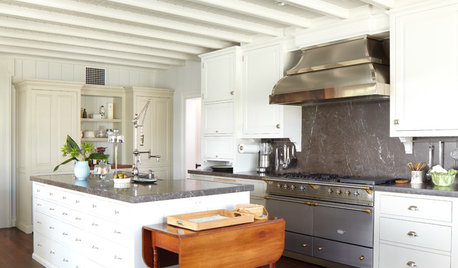
KITCHEN DESIGNHow to Find the Right Range for Your Kitchen
Range style is mostly a matter of personal taste. This full course of possibilities can help you find the right appliance to match yours
Full Story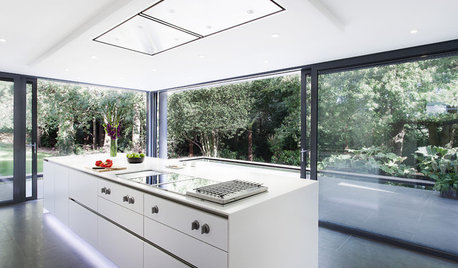
KITCHEN APPLIANCESDisappearing Range Hoods: A New Trend?
Concealed exhaust fans cut visual clutter in the kitchen
Full Story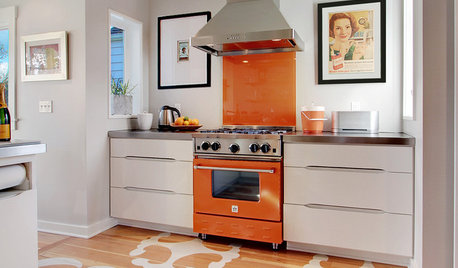
HOUSEKEEPINGHow to Clean Your Range and Oven
Experts serve up advice on caring for these kitchen appliances, which work extra hard during the holidays
Full Story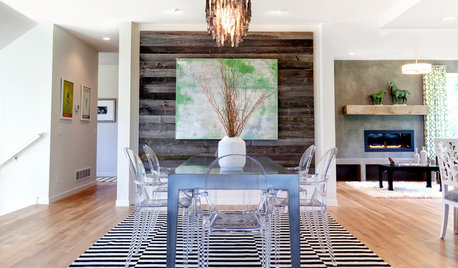
GREAT HOME PROJECTSWhat to Know About Adding a Reclaimed-Wood Wall
Here’s advice on where to put it, how to find and select wood, what it might cost and how to get it done
Full Story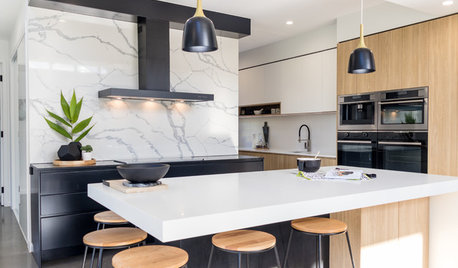
KITCHEN DESIGNHow to Get Your Range Hood Right
Get a handle on the technical specs, and then learn about fun design options for creating a beautiful kitchen feature
Full Story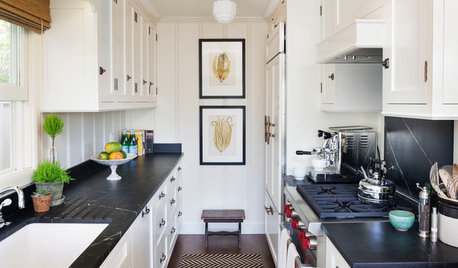
KITCHEN DESIGNWhy a Designer Kept Her Kitchen Walls
Closed kitchens help hide messes (and smells) and create a zone for ‘me time.’ Do you like your kitchen open or closed?
Full Story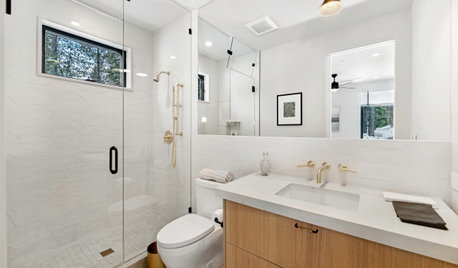
BATHROOM DESIGNKey Measurements to Make the Most of Your Bathroom
Fit everything comfortably in a small or medium-size bath by knowing standard dimensions for fixtures and clearances
Full Story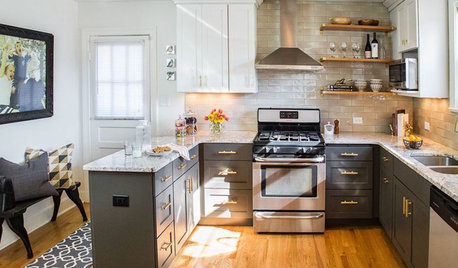
MOST POPULARBefore and After: 13 Dramatic Kitchen Transformations
See the wide range of ways in which homeowners are renovating their kitchens
Full Story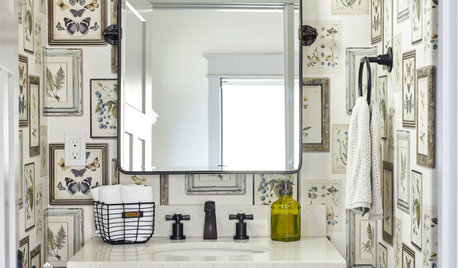
BATHROOM DESIGNKey Measurements to Help You Design a Powder Room
Clearances, codes and coordination are critical in small spaces such as a powder room. Here’s what you should know
Full Story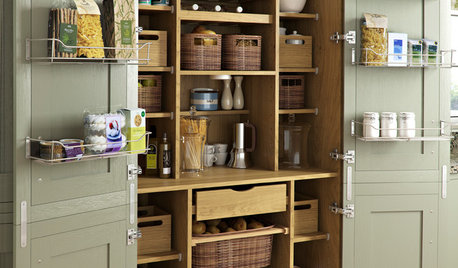
KITCHEN PANTRIES80 Pretty and Practical Kitchen Pantries
This collection of kitchen pantries covers a wide range of sizes, styles and budgets
Full StoryMore Discussions
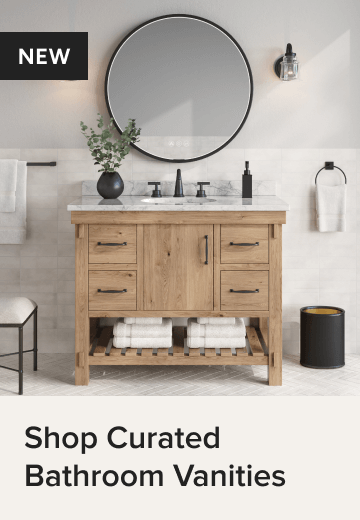
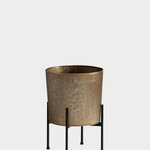
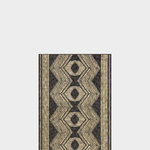
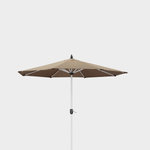
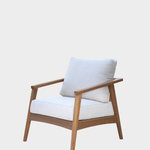

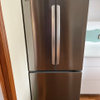
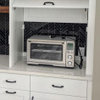
millworkman
Minardi
Related Professionals
Skokie Kitchen & Bathroom Remodelers · Manchester Kitchen & Bathroom Designers · Houston Furniture & Accessories · Long Beach Furniture & Accessories · Davidson Furniture & Accessories · Holly Hill General Contractors · Palestine General Contractors · Red Wing General Contractors · Riverdale General Contractors · Amherst Kitchen & Bathroom Designers · El Dorado Hills Kitchen & Bathroom Designers · Hershey Kitchen & Bathroom Designers · Philadelphia Kitchen & Bathroom Designers · Hunters Creek Kitchen & Bathroom Remodelers · Foster City Cabinets & CabinetryHALLETT & Co.
bgibbs11Original Author
HALLETT & Co.
skmom
bgibbs11Original Author
kaseki
bgibbs11Original Author
kaseki
rebunky
bgibbs11Original Author
dan1888
kaseki
bgibbs11Original Author
The Kitchen Place